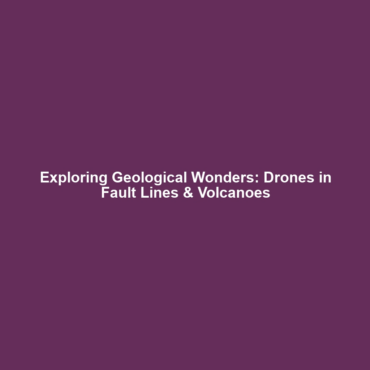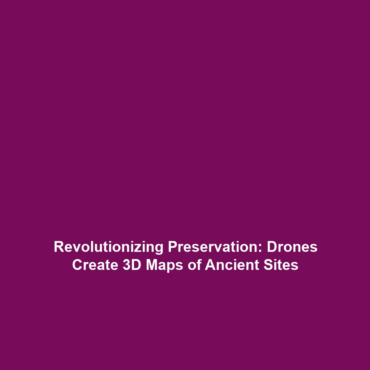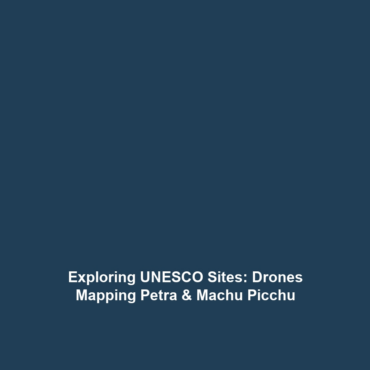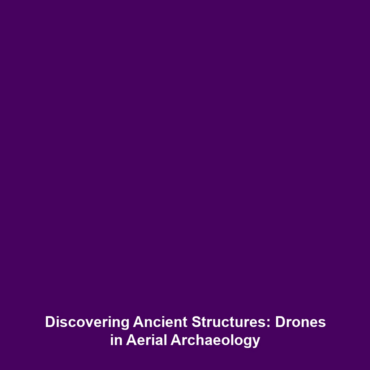The Role of Drones in Studying Geological Formations, Fault Lines, and Volcanic Regions
Introduction
Drones have revolutionized the field of geology by providing innovative methods to study geological formations, fault lines, and volcanic regions. These advanced aerial platforms gather critical data from locations that are often difficult to access, enhancing our understanding of earth structures and volcanic activity. The integration of drones in science not only improves data collection but also transforms how researchers analyze and monitor geological phenomena. In this article, we delve into the significant roles drones play within geological studies, examining their applications, challenges, and potential future innovations.
Key Concepts
Understanding the role of drones in geology requires knowledge of several key concepts:
1. Remote Sensing Technology
Drones employ remote sensing technology to capture high-resolution images and collect topographical data, enabling detailed analysis of geological features.
2. Data Collection Methods
Common methods include photogrammetry and LiDAR (Light Detection and Ranging), which provide accurate measurements of surface changes over time.
3. Environmental Monitoring
Drones facilitate real-time monitoring of geological sites, essential for assessing hazards associated with fault lines and volcanic activity.
Applications and Real-World Uses
The applications of drones in studying geological formations, fault lines, and volcanic regions are diverse and impactful:
- Mapping Fault Lines: Drones are used to create detailed maps of fault lines, helping researchers understand seismic risks.
- Volcanic Activity Monitoring: Regular drone flights provide real-time data on volcano stability and indicators of volcanic eruptions.
- Terrain Analysis: Researchers use drones to analyze geological formations, improving resource management and environmental protection efforts.
Current Challenges
Despite their advantages, the use of drones in geological studies faces several challenges:
- Regulatory Restrictions: Drones are subject to strict airspace regulations, limiting where they can be operated.
- Technical Limitations: Battery life and payload capacity can restrict the duration and range of drone missions.
- Data Analysis: The vast amounts of data collected require advanced analytical tools and expertise.
Future Research and Innovations
Future research is likely to focus on several key innovations in drone technology that will enhance geological studies:
- Artificial Intelligence: Integration of AI for autonomous data processing and interpretation is on the horizon.
- Enhanced Sensors: Development of more sophisticated sensors will improve data accuracy for geological assessments.
- Swarm Technology: Deploying multiple drones simultaneously can cover larger areas and increase data collection efficiency.
Conclusion
In conclusion, the role of drones in studying geological formations, fault lines, and volcanic regions is pivotal in advancing our understanding of geological processes. By overcoming existing challenges and embracing future innovations, drones will continue to enhance the fields of geology and environmental science. For further reading on the advancements in drone technology in scientific research, check out our articles on Drones in Environmental Science and Advancements in Drone Technology.



